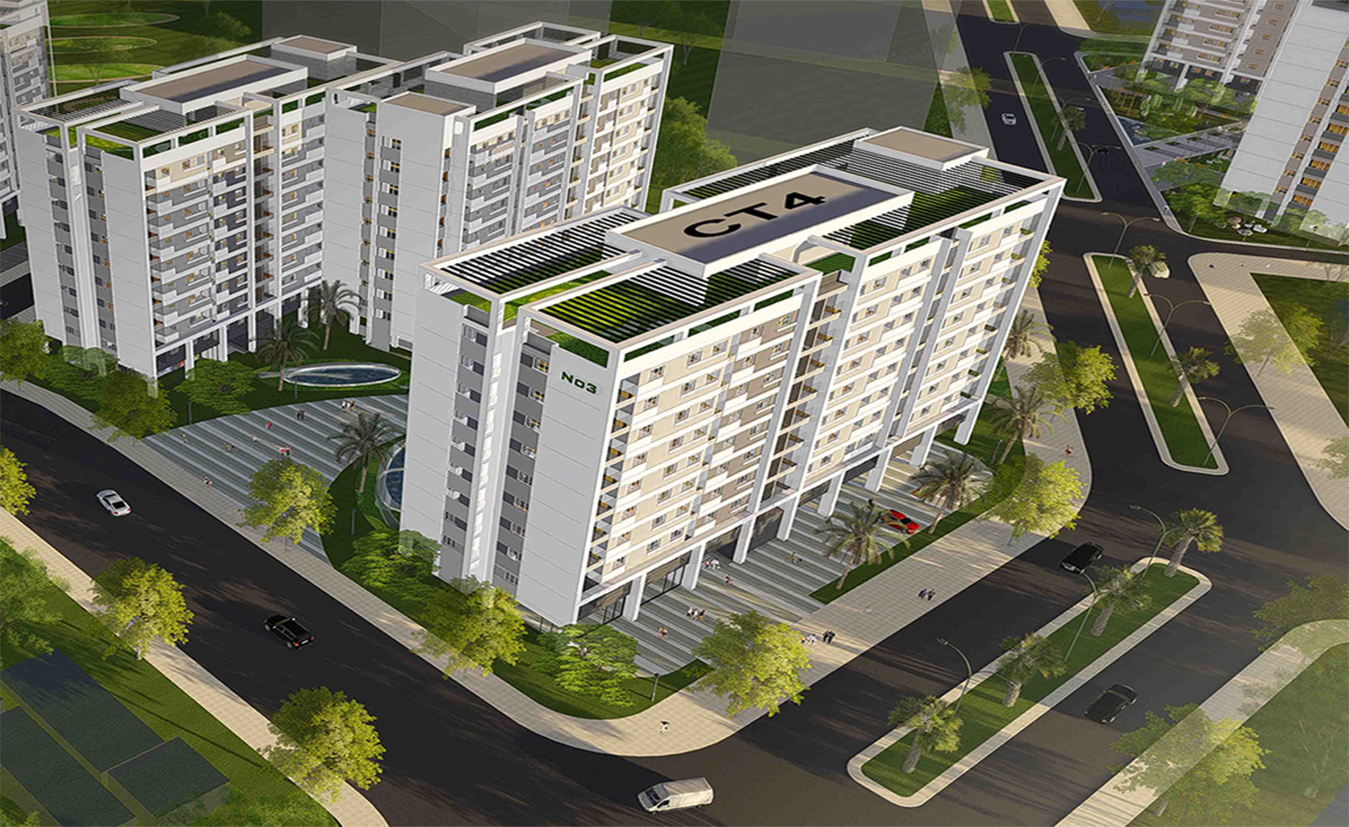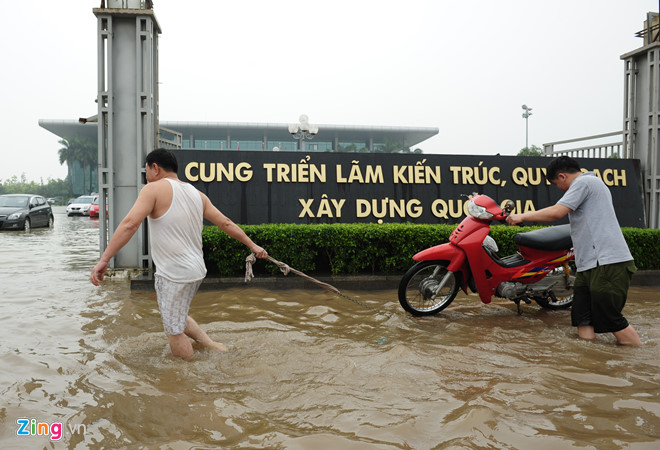Currently, land use is clearly regulated for each type of purpose. Therefore, when people want to use land for other purposes, they must change the purpose of land use in Vietnam. However, according to Resolution 18-NQ/TW, multi-purpose land management and use are regulated as follows:
1. Land use must be for the right purpose
Pursuant to Article 6 of Vietnam's Land Law 2013 stipulates land use principles, specifically:
- Compliance with land use master plans and plans, and use for proper purposes.
- Economy, effectiveness, environmental protection, and causing no harm to the legitimate interests of adjacent land users.
- Land users may exercise their rights and perform their obligations within the land use term in accordance with Land Law 2013 and other relevant laws.
2. Regulations on management and use of land in combination with multi-purposes
In Vietnam's Resolution 18-NQ/TW, stipulating the development of legal regulations for the management and use of multi-purpose land as follows:
Finalizing regulations on the management and use of defense and security land on the basis of summarizing the piloting of a number of policies to remove obstacles and backlogs in the management and use of land for defense and security combined with production and economic construction. Additional provisions are:
- Residential land combined with trade and services;
- Agricultural land combined with trade and services;
- Land for tourism projects with spiritual elements.
Furthermore, land use regulations for the construction of aerial works, underground works, and land formed from sea reclamation activities are in place.
Thus, in the future, there will be new regulations for land use purposes, people can use land for multiple purposes, reducing regulations on restricting the conversion of land use purposes.
3. Land use purpose is the basis for determining land type according to current regulations in Vietnam
According to Article 10 of Vietnam's Land Law 2013, based on the purpose of use, land is classified as follows:
- Agricultural land, including:
+ Land for cultivation of annual crops, including paddy land and land for cultivation of other annual crops;
+ Land for cultivation of perennial trees;
+ Land for production forests;
+ Land for protection forests;
+ Land for special-use forests;
+ Land for aquaculture;
+ Land for salt production;
+ Other agricultural land, including land used to build greenhouses and other building types for cultivation purpose, including fanning not directly on the land, or to build breeding facilities for cattle, poultry and other animals as permitted by law; land for cultivation, breeding and aquaculture for the purpose of learning, research or experimentation; land for planting and nursing seedlings and breeders, and land for growing flowers and ornamental plants.
- Non-agricultural land, including:
+ Residential land, including rural residential land and urban residential land;
+ Land for construction of offices;
+ Land for national defense or security purpose;
+ Land for construction of non-business facilities, including land for construction of offices of non-business organizations; land for construction of cultural, social, health, education and training, physical training and sports, science and technology, and diplomatic facilities and other non-business facilities;
+ Land for non-agricultural production and business, including land for industrial parks, industrial clusters, export processing zones; land for trading and service; land of non-agricultural production establishments; land used for mining activities; and land for production of building materials, and pottery;
+ Land used for public purposes, including land used for transport (including airports, airfields, inland waterway ports, maritime ports, rail system, road system and other transport facilities); irrigation; land with historical-cultural relics or scenic spots; land for community activities or public entertainment and recreation; land for energy facilities; land for post and telecommunications facilities; land for markets; land for waste dumping and treatment, and land for other public facilities;
+ Land used by religious institutions;
+ Land used for cemeteries, graveyards, funeral service centers and cremation centers;
+ Land with rivers, streams, canals, springs and special-use water surface;
+ Other non-agricultural land, including land for motels, tents and camps for workers in production establishments; land for warehouses and houses to store agricultural products, plant protection drugs, fertilizers, machinery and tools for agricultural use, and land for other buildings of land users which are used for non-commercial purposes and not attached to residential land.
- Unused land, including land of types for which land use purposes have not been determined yet.
Ngoc Nhi
- Key word:
- land use master plans in Vietnam
 Article table of contents
Article table of contents





.Medium.png)
.Medium.png)
.Medium.png)
.Medium.png)
